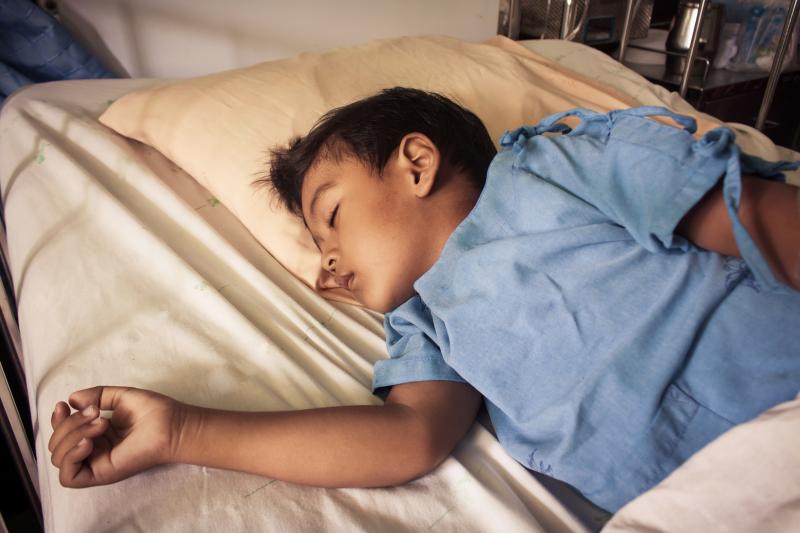
Proximal hypospadias repair during childhood comes with good long-term urological outcomes, though late reoperations are common, a new study has found. By adolescence, patients also have some discontent about penile length.
The study included 39 patients who had undergone primary urethroplasty for penoscrotal to perineal hypospadias. Participants were assessed at a median age of 16.5 years, and outcomes included voiding function, genitalia characteristics, and patient satisfaction. Surgery was performed at a median age of 3.0 years.
The median stretched penile length was 8.7 cm, and the median width was 3.5 cm. The median glanular length and width was 2.6 and 3.0 cm, respectively. Majority of the participants did not show genital curvature at follow-up, while 18 percent had mild and 10 percent had moderate curvature. Those with curvatures noted greater dissatisfaction with straightness during erection (p=0.007).
Glanular sensation was deemed normal in majority of the participants, while it was considered impaired in 28 percent. The median maximal flow was 12.4 mL/s, and in 14 percent, this measure was found to be impaired.
Researchers found that that half of the participants required reoperation, largely performed within 3 years of the initial procedure. Seven reoperations occurred after 10 years, and nine patients needed more than one reoperation.
“This is a descriptive study with the aim to describe long-term outcome after primary surgery for proximal hypospadias in childhood,” researchers said. “The significant results are therefore of an exploratory nature rather than being confirmatory, and the comparisons of outcomes between different surgical methods should only be regarded as descriptive.”